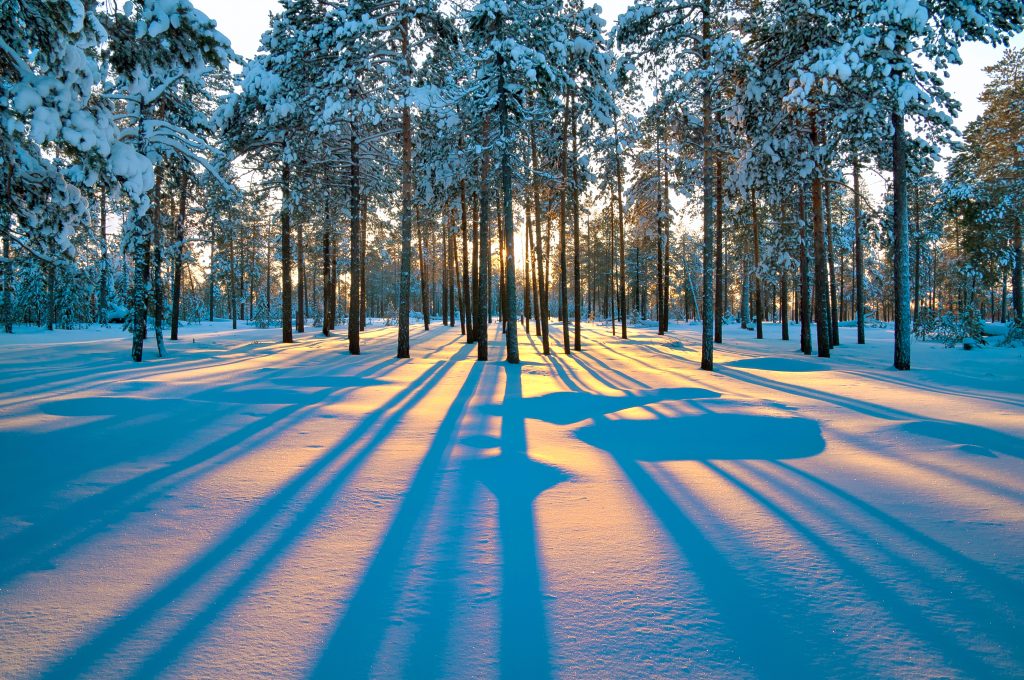
Light sources and shadows
There are many sources of light but the biggest one is our SUN! Have you noticed how easy it is to see shadows outdoors on a bright sunny day? And how in contrast, shadows tend to be soft and harder to see on cloudy days? This is because shadows are sharper when the light source is intense and focussed.
The angle at which a light strikes an object also affects the size and shape of its shadow. An object blocks more light when the light is at a lower angle (side on) making longer shadows; when the light source is at a higher angle (overhead) the shadows are shorter. You can see this for yourself if you stand outside at mid-day when the sun is high in the sky. Notice the size and shape of your shadow. Now stand outside in the same place in the late afternoon when the sun appears on the horizon.
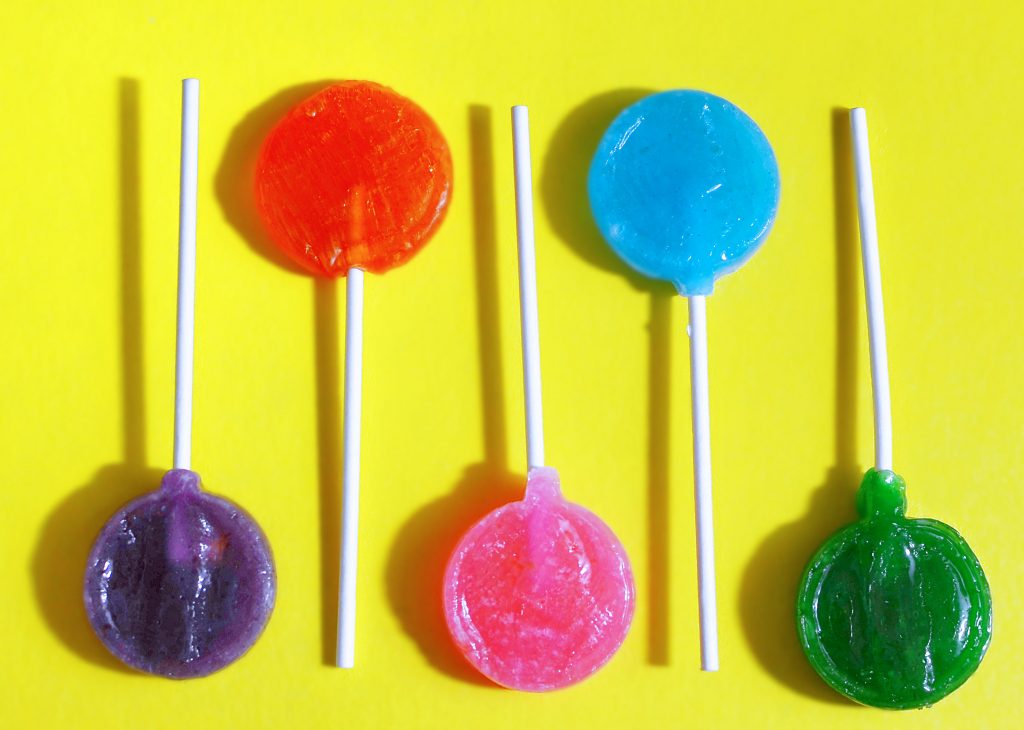
What happened to your shadow? Did it grow longer? The lower the sun, the longer the shadow; Because the sun is lower in the sky during the winter, shadows at a given particular time of day are longer in the winter than in the summer. And contrarily, because the sun is higher in the summer, you have more short shadows during the day.
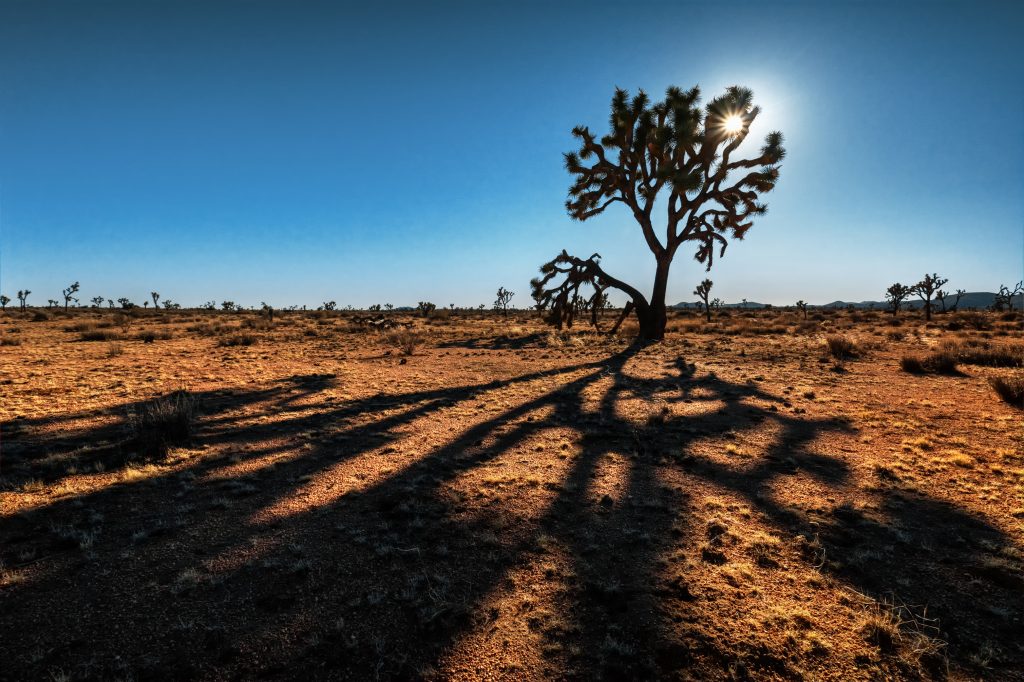
Transparent, Translucent, Opaque and Reflective Objects
The type of object material also affects the characteristics of a shadow. When light shines through something transparent, like glass or water the light passes through.

When an object material blocks part of the light but light still passes through it is called translucent. (Some translucent objects act like filters and only let certain colors of light through creating colored shadows.)
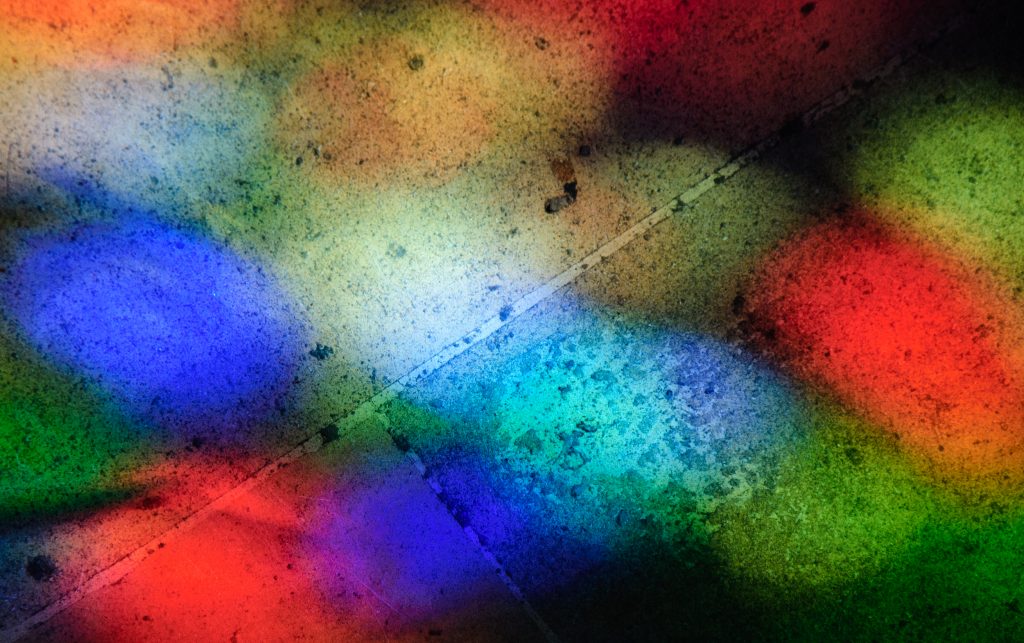
But light is blocked by opaque materials (like wood, stone or YOU!) casting a shadow on the other side. Opaque materials absorb light.
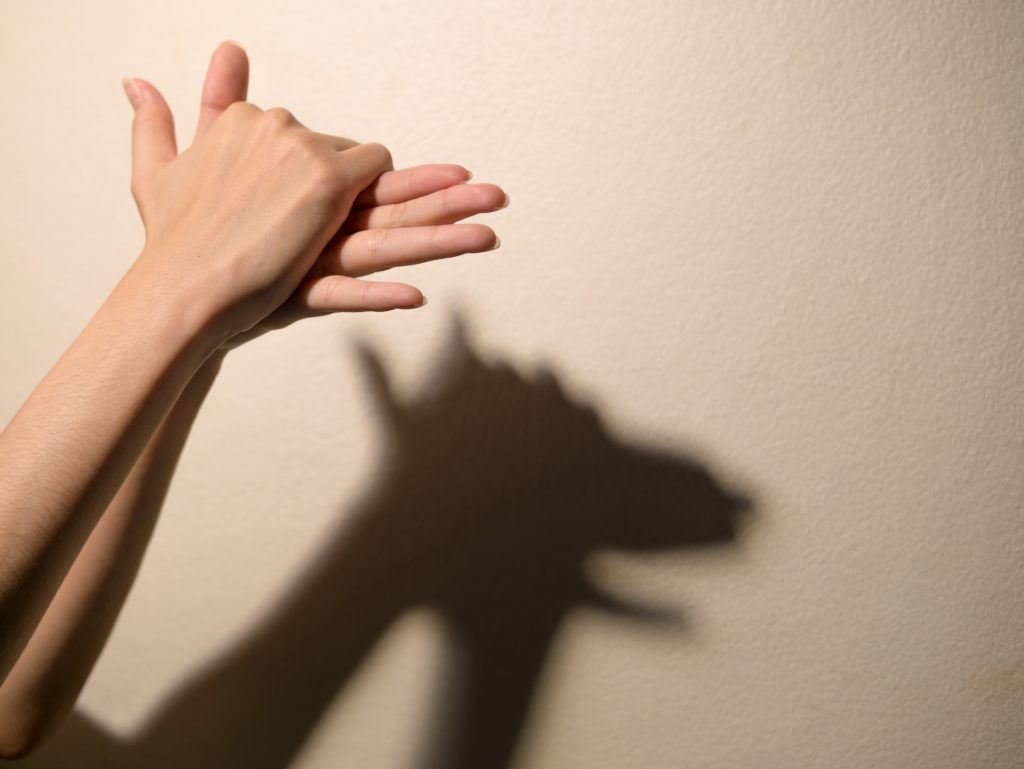
A reflective material (such as a mirror) throws light back. ( A reflection, is not a shadow even though it can be the same shape as the object.)
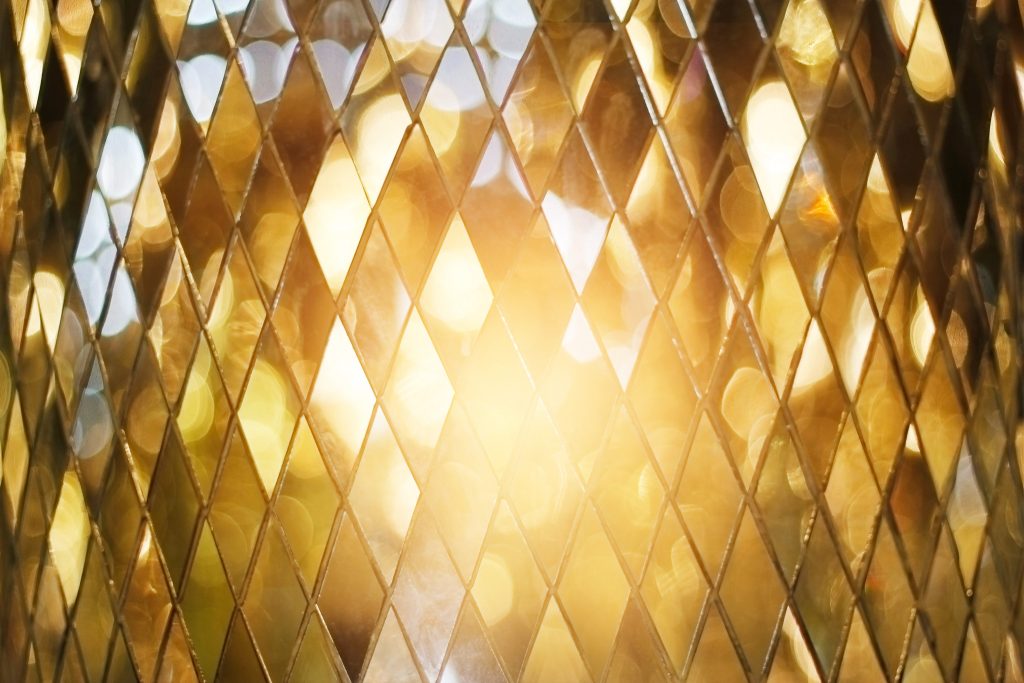
Experiment and Play!
Now it’s time for you to play with your shadow! Here are some ideas to get you started:
- Go outside on a sunny day and look at your own shadow! Where is the sun in the sky? What time is it?
- Now take a look at shadows made by other objects like trees, cars, and other things in your neighborhood.
- If you have one, use a flashlight indoors and outdoors to experiment with shadows.
- Change the position of the objects and move the light source around at different angles. What happens?
- Look for shadows indoors – fluorescent lights and natural light coming in through the windows create shadows, but they may take a bit more observation to find and to identify.
- Investigate different materials like a drinking glass, piece of paper, a rock or tin foil. What objects are transparent, translucent or opaque? Describe their shadows. What happens to the light when you focus it on a reflective object like a mirror or a shiny metal?
For more awesome science learning and activities like this, check out Tinker Crate, which delivers science-based projects for ages 9-16+ every month!
